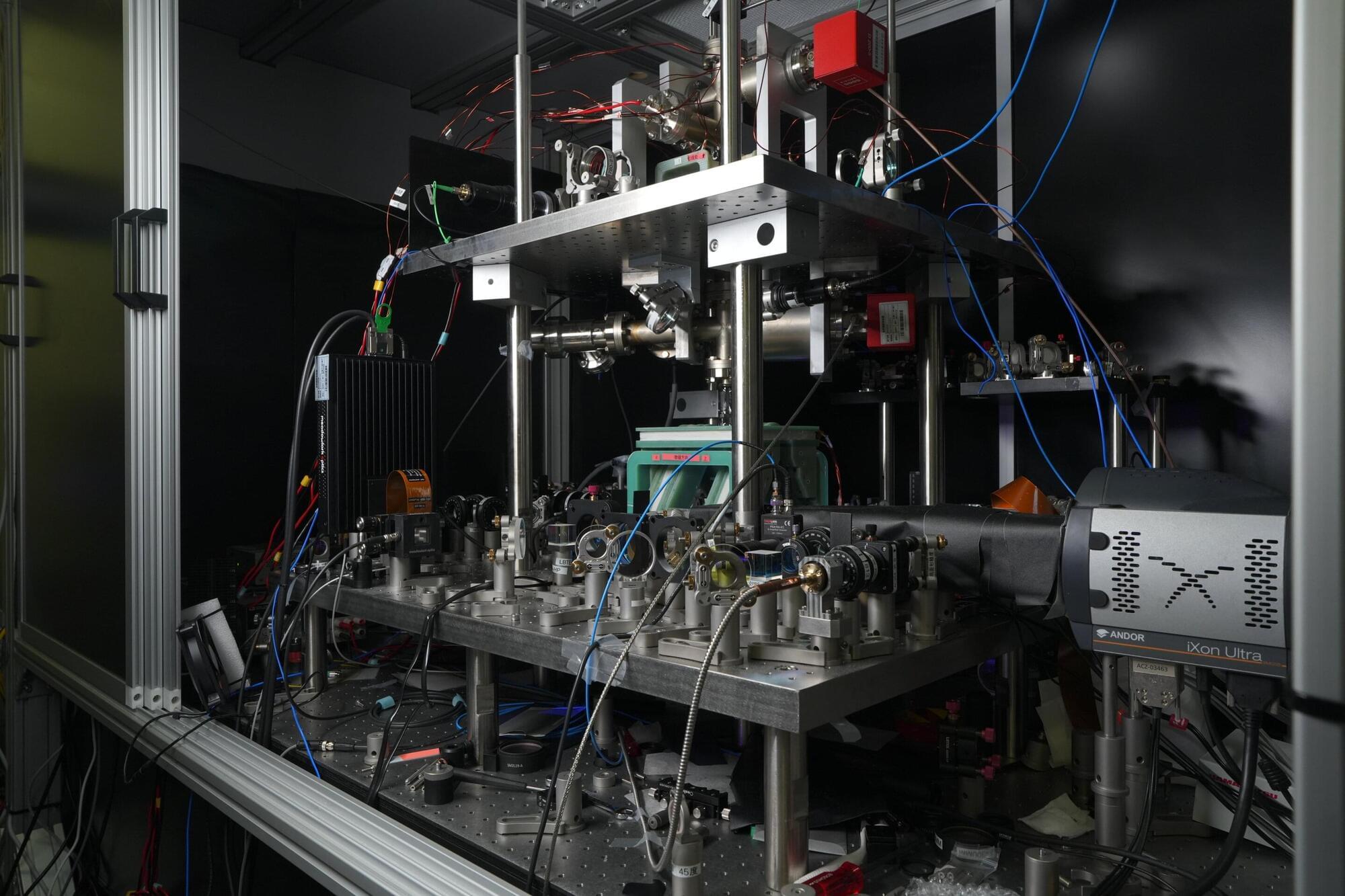In the 17th century, German astronomer Johannes Kepler figured out the laws of motion that made it possible to accurately predict where our solar system’s planets would appear in the sky as they orbit the sun. But it wasn’t until decades later, when Isaac Newton formulated the universal laws of gravitation, that the underlying principles were understood.
Although they were inspired by Kepler’s laws, they went much further, and made it possible to apply the same formulas to everything from the trajectory of a cannon ball to the way the moon’s pull controls the tides on Earth—or how to launch a satellite from Earth to the surface of the moon or planets.
Today’s sophisticated artificial intelligence systems have gotten very good at making the kind of specific predictions that resemble Kepler’s orbit predictions. But do they know why these predictions work, with the kind of deep understanding that comes from basic principles like Newton’s laws?





